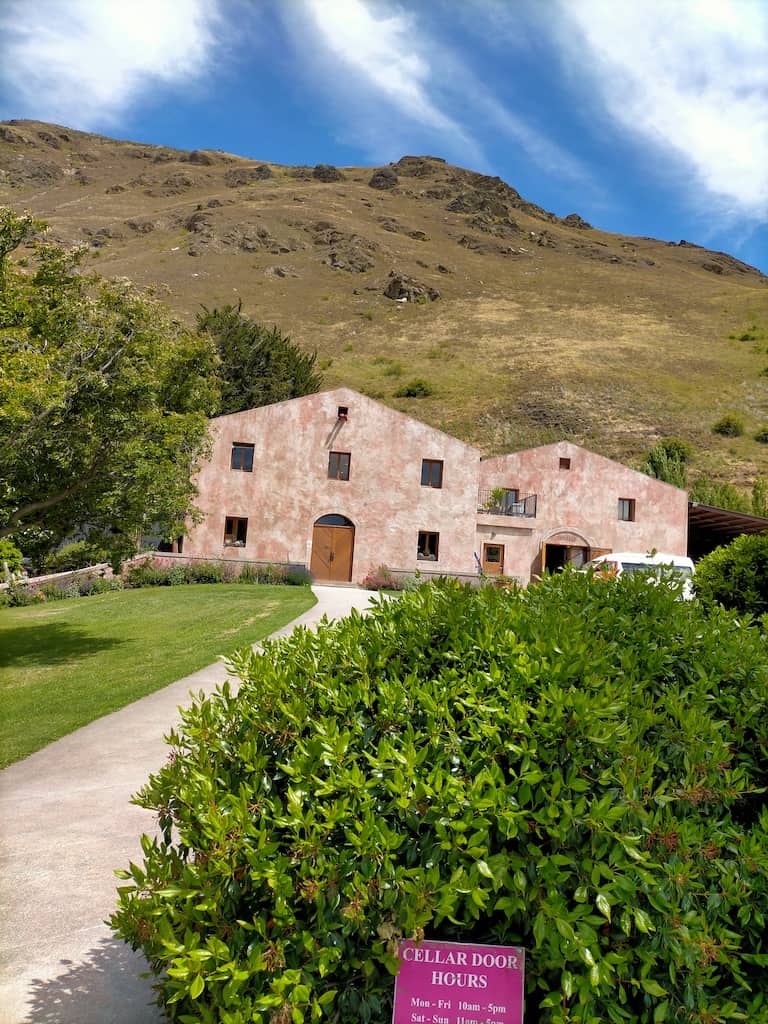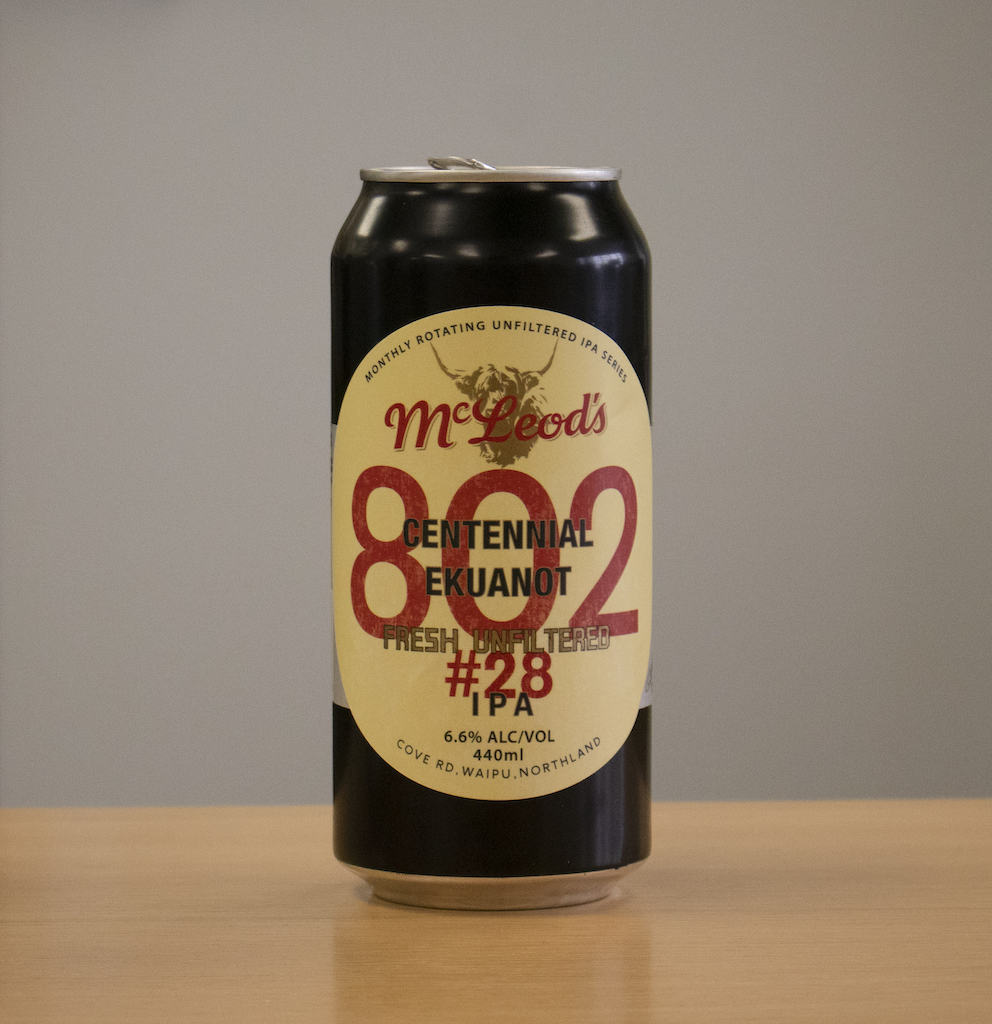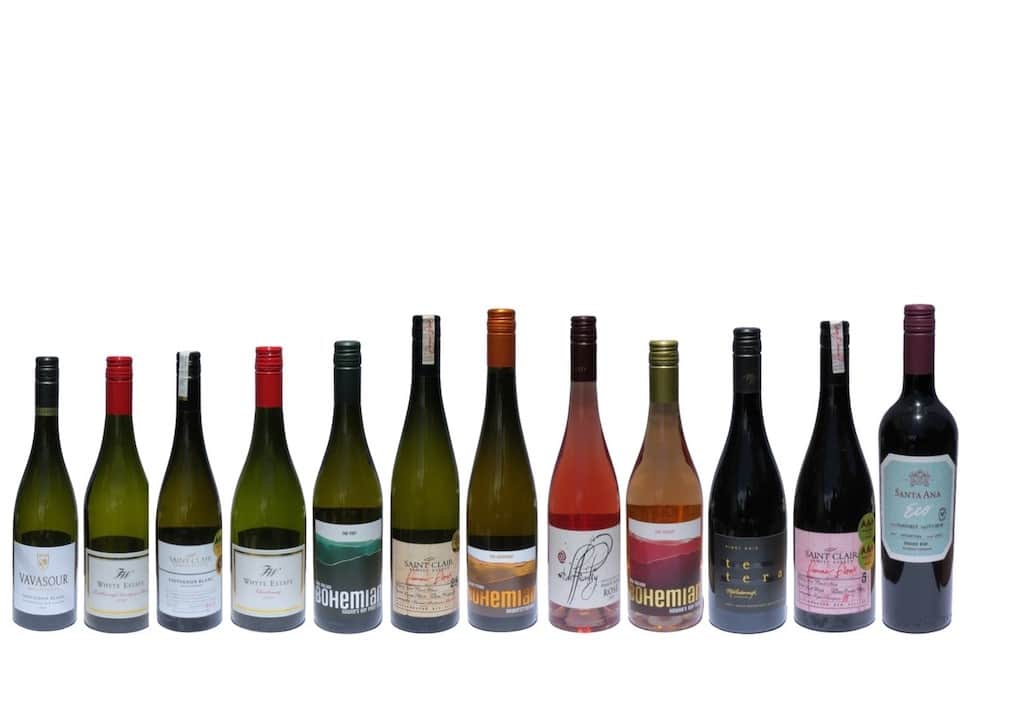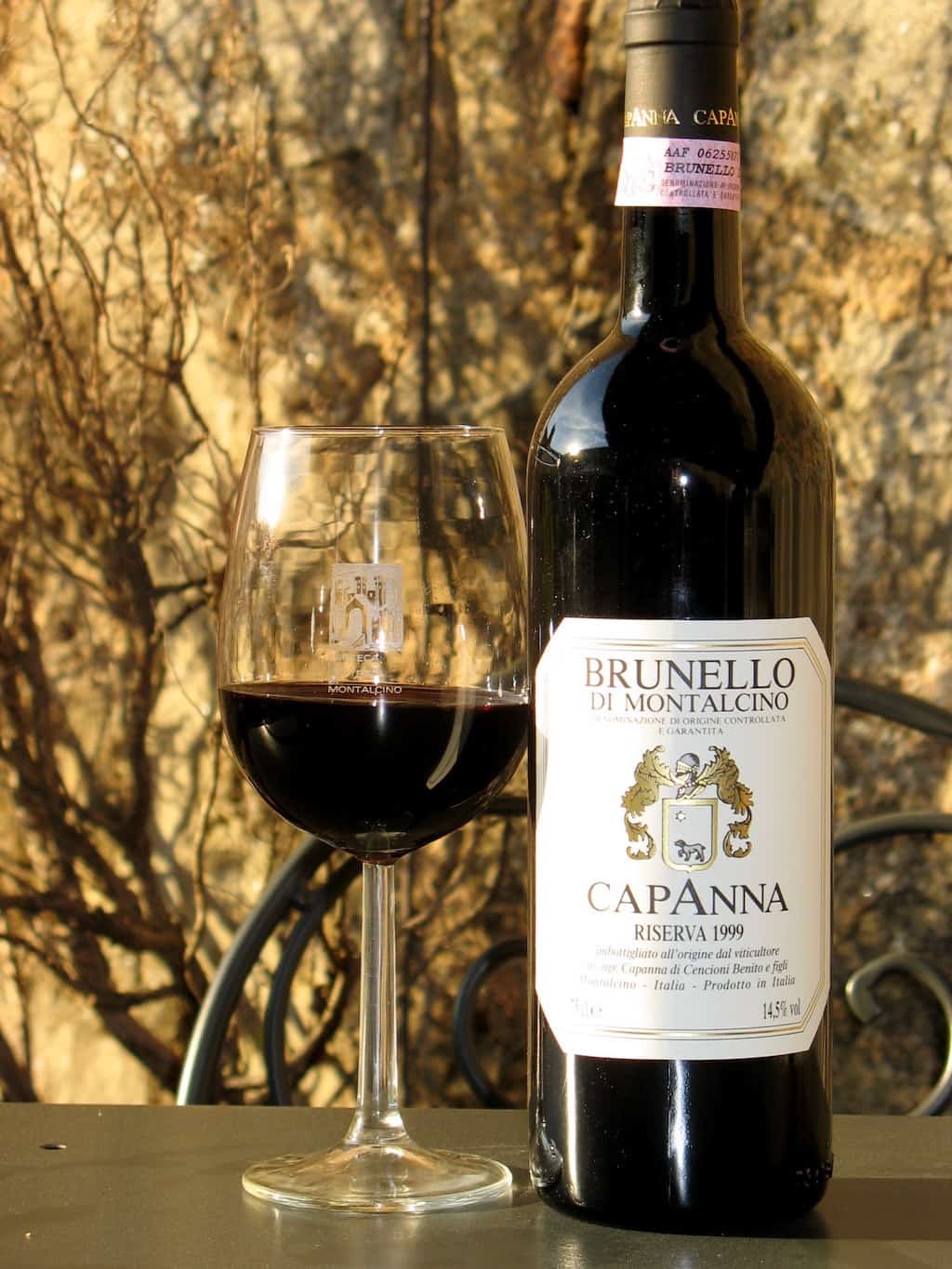Just what you need for BBQ season: NIK GRIMMETT on how to select, prepare and cook the tastiest brisket on the planet.
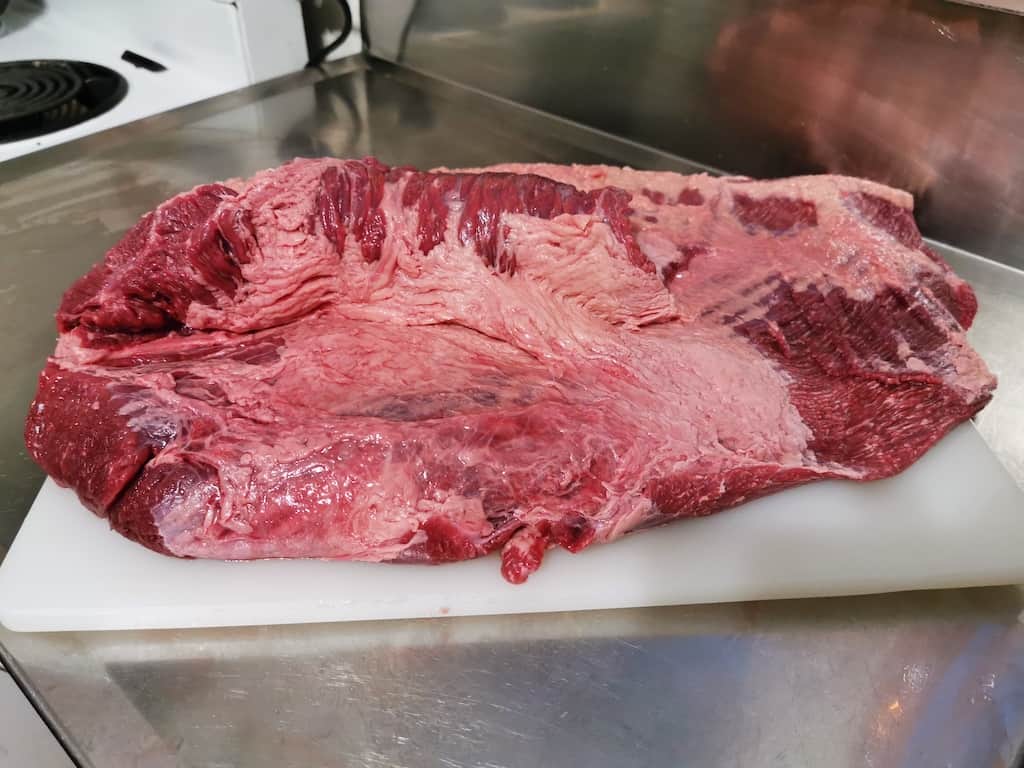
Brisket is the king of American BBQ, especially in Texas and the South. Once a “cheap cut”, it is now selling for hundreds of dollars as the demand has surged by Kiwis learning smoking techniques and the availability of charcoal, wood and pellet BBQs increases in New Zealand.
On a cow, it sits just above the leg in the chest area, so there is a lot of connective tissue that needs to break down to get that tender, wobbly smoked brisket you see on TV shows. It comes in two distinct but connected pieces – the flat and the point – which creates challenges when cooking, but also adds to the amazing flavour that smoked brisket can bring. The flat is the thinner part of the meat, while the point is the more triangular piece on the top.
Would you like to support our mission to bring intelligence, insight and great writing to entertainment journalism? Help to pay for the coffee that keeps our brains working and fingers typing just for you. Witchdoctor, entertainment for grownups. Your one-off (or monthly) $5 or $10 donation will support Witchdoctor.co.nz. and help us keep producing quality content. It’s really easy to donate, just click the ‘Become a supporter’ button below.
Picking the brisket you’re about to cook is key. A lot of the brisket you find in the supermarket is something that’s cut for cooking in casseroles, so I would look at your butcher, in more specialty stores (e.g. Gilmours) or online, for a “packer brisket”. This can be sized anywhere from about 4kg to 10kg, but don’t be afraid of the bigger ones – there’s so much you can do with leftover brisket!
Look on your brisket (if you can) for a bit of a fat layer on one side and not too much firm fat. I look for a decent size “flat” as that part of the brisket can dry out. Cost for brisket can vary – a good quality Wagyu brisket can set you back around $150 for about 6kgs of meat, but you can easily achieve tasty brisket with whatever your budget allows.
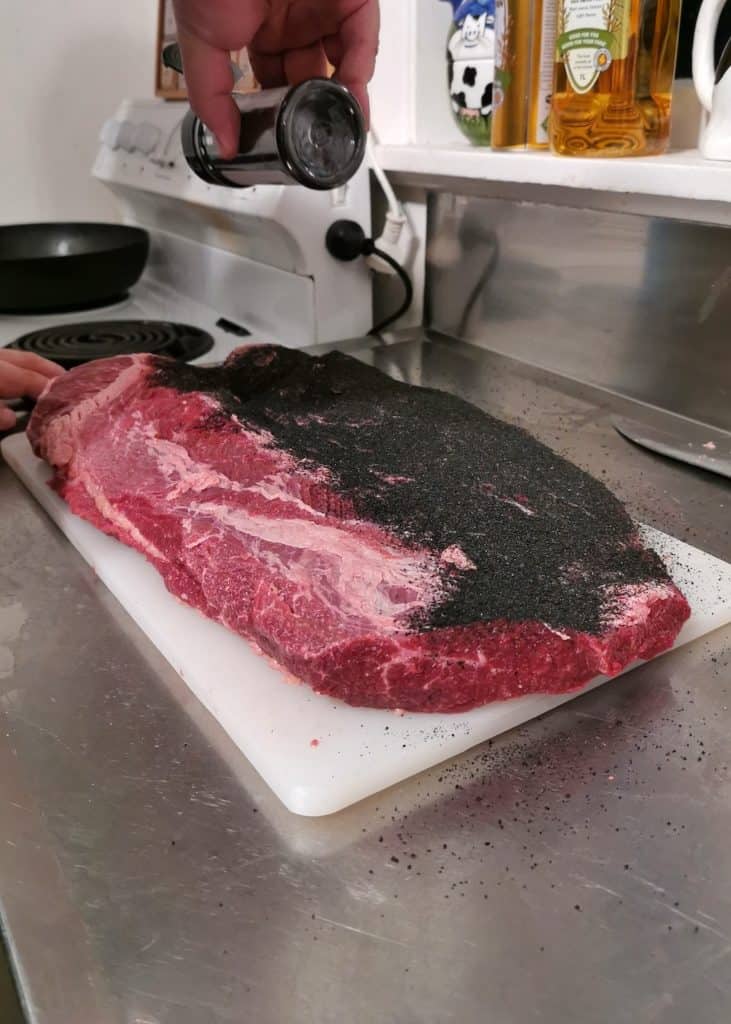
Preparing the brisket
With a sharp knife, trim off some of the hard fat throughout the brisket. This is not going to break down and wastes space where the smoke could be hitting the meat.
One key piece to remove is the solid fat between the point and flat – the last thing you want to eat when enjoying brisket is a lump of hard fat. At this point, shape your brisket a bit by trimming the edges, taking off any silver skin and removing some of the edge of the point – too thin and you’ll just end up with tough edges. Don’t throw out these meat trimmings as you can always mince them for smash patties or sausages. When you’re happy with the general shape, coat the brisket with a rub.
A rub can be a variety of things, but it must be two things: it needs to accentuate the flavour of the meat and it needs to be thick enough to help smoke attach to it. The simplest rub is known as an SPG, or salt, pepper and garlic. You can do this to your own taste but start with a 50/50 of kosher salt and a coarse cracked pepper and add some garlic powder.
There are also plenty of commercial rubs that contain coffee, charcoal and other flavours that complement beef and create a nice dark bark to the brisket. Cover the brisket evenly with your rub and leave it a bit to sweat as this brings the flavour into the meat and helps the rub stick without using binders (such as mustard) that may prevent the smoke from penetrating so much.
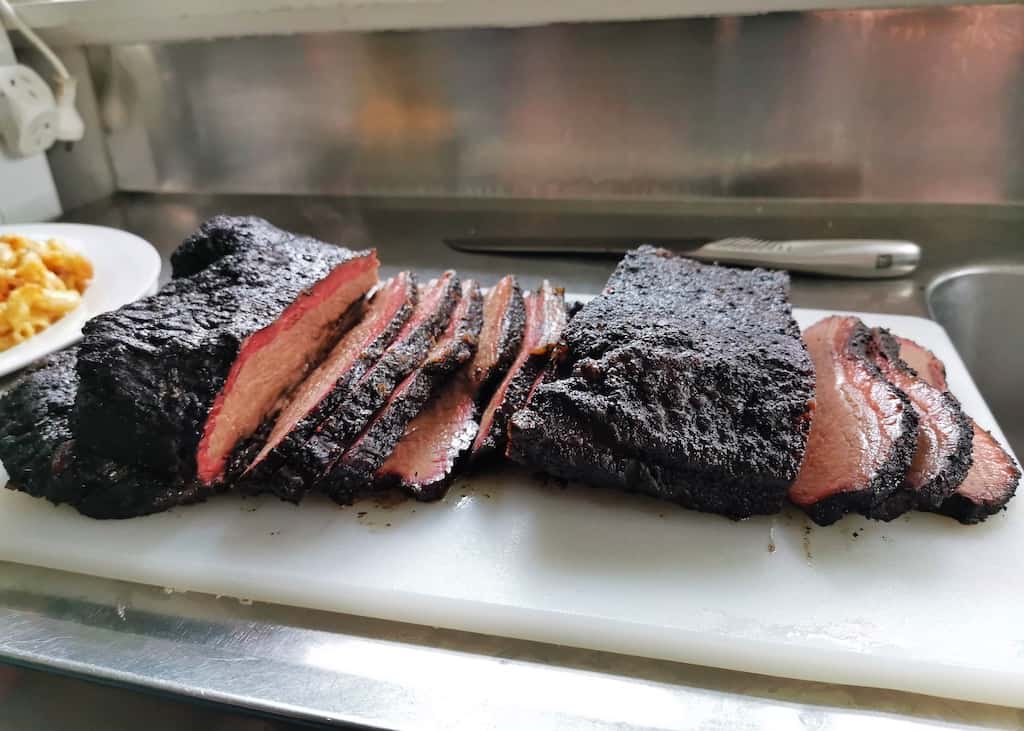
Cooking the brisket
The Green Mountain Grill Daniel Boone Prime handles this cut of meat exceedingly well and pairing it with the GMG Premium Texas Blend hardwood pellets gives that smoky flavour that you want in a beef cut like brisket.
While the meat is coated in rub, get the temperature to 225°F (108°C). When reached, place the brisket onto the grill, point side facing the pellet hopper (or heat source) and insert temperature probes into the point and flat to monitor the brisket.
Using the GMG app, it’s easy to keep track of the temperature over the cook. Close the lid, keep an eye on the temperature and only open the lid to lightly spritz the brisket approximately every hour in areas where it looks like the meat may be a bit dry. This helps form the bark on the brisket, locking in that smoky flavour.
Keep cooking the brisket until the internal temperature (IT) reaches 185°F (85°C) – it may do what’s known as a “stall” about midway through. A stall is where the temperature doesn’t move as the meat itself is effectively sweating, and could last for a few hours, but once completed the moisture is off the surface of the meat and will help give you that fantastic bark. If you’re pushed for time, look up “Texas Crutch” for help to get past this, otherwise ride it out and enjoy the results.
Once the point end of the brisket is at an IT of 185°F (85°C), pull it out of the smoker and wrap it in butcher’s paper (peach paper) or tinfoil with a little bit of liquid (beef stock, beer, etc).
Put the wrapped brisket back in the smoker, reinsert your probes and take it up to an IT of 195°F (90°C). This could be another few hours, but in this time there’s no extra spritzing involved.
When it hits that magic number, take the package out of the smoker, drain any remaining liquid from the wrapped brisket and put it somewhere to rest.
The real magic number to reach is an IT of 203°F (95°C), and while the brisket is resting it is still cooking so leaving it wrapped for a couple of hours your brisket will hit this point nicely. If you are short for somewhere to put it, I use an old chilly bin with some older towels just lightly stuffed inside as this is great insulation.
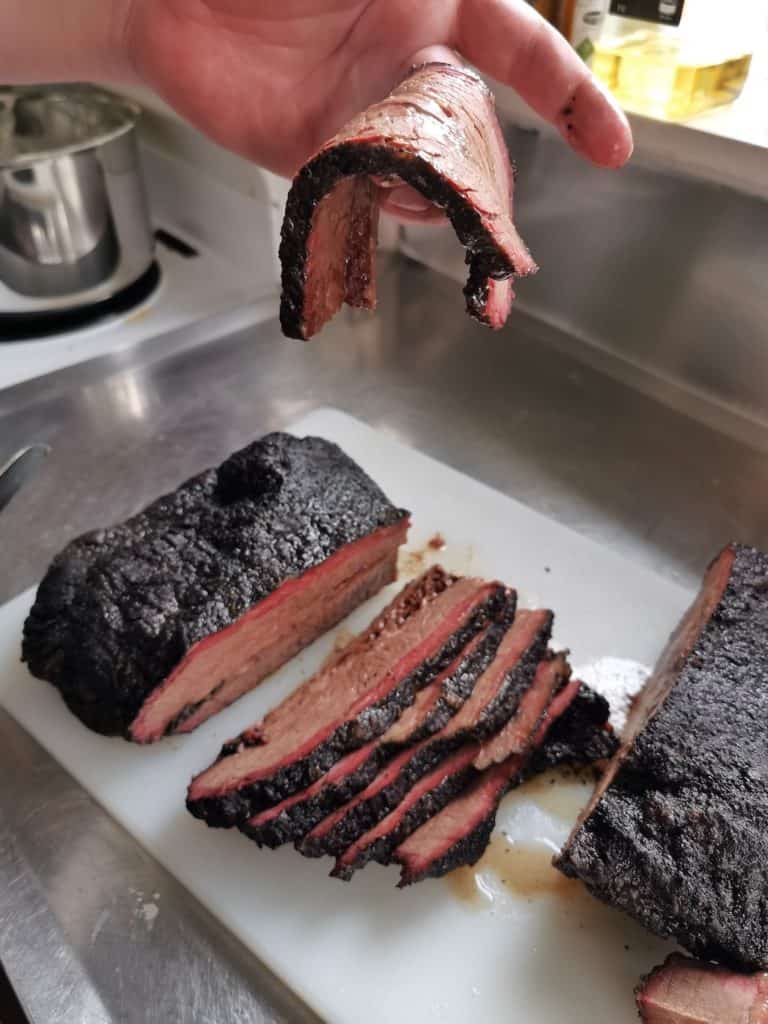
Cutting the brisket
After all this work, the next stage is the cut. Remembering that a brisket is made of two sections, this means also that it has two distinct grains! I prefer to cut the brisket in half close to where the point and flat join, and then cut against the grain on each piece. This does mean turning one half 90 degrees to get the right slice, but always go against the grain for tenderness.
Finally, eat and enjoy!



